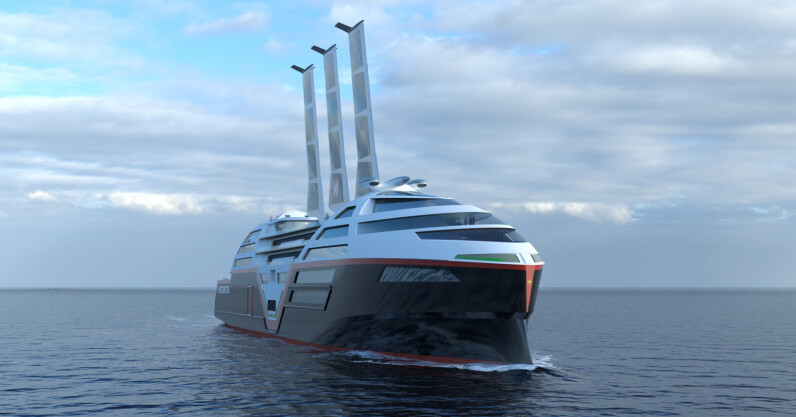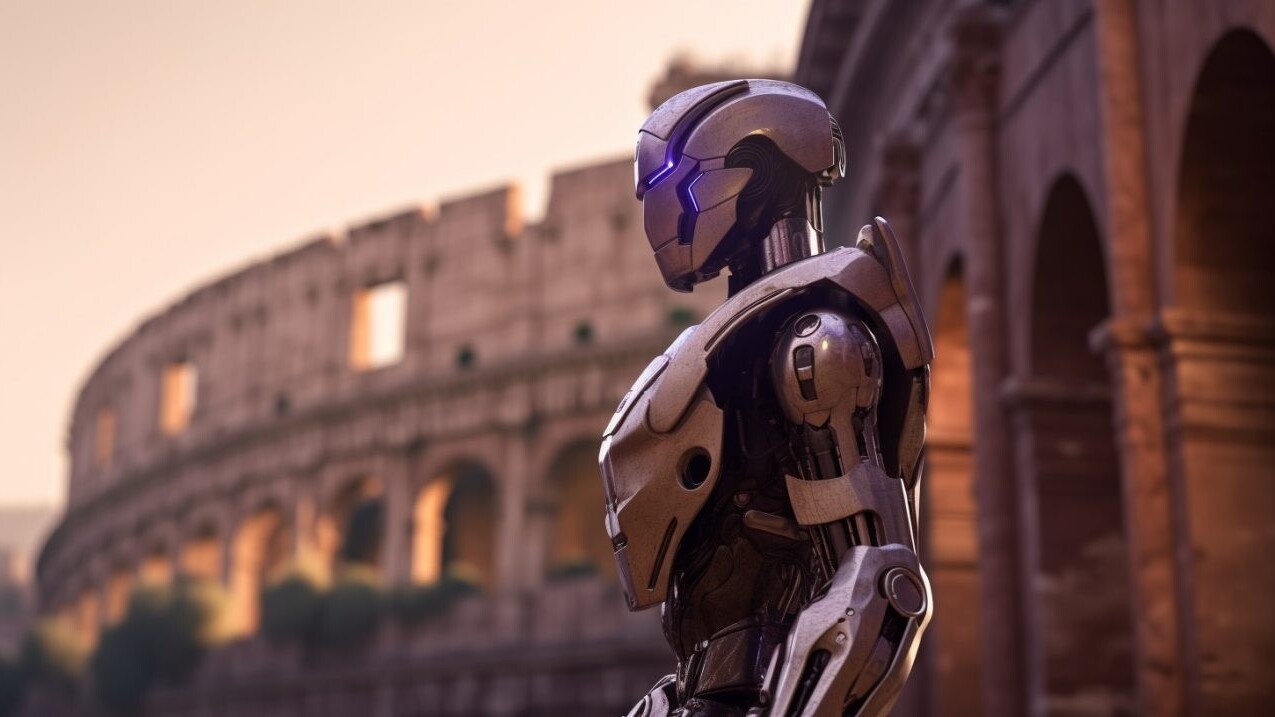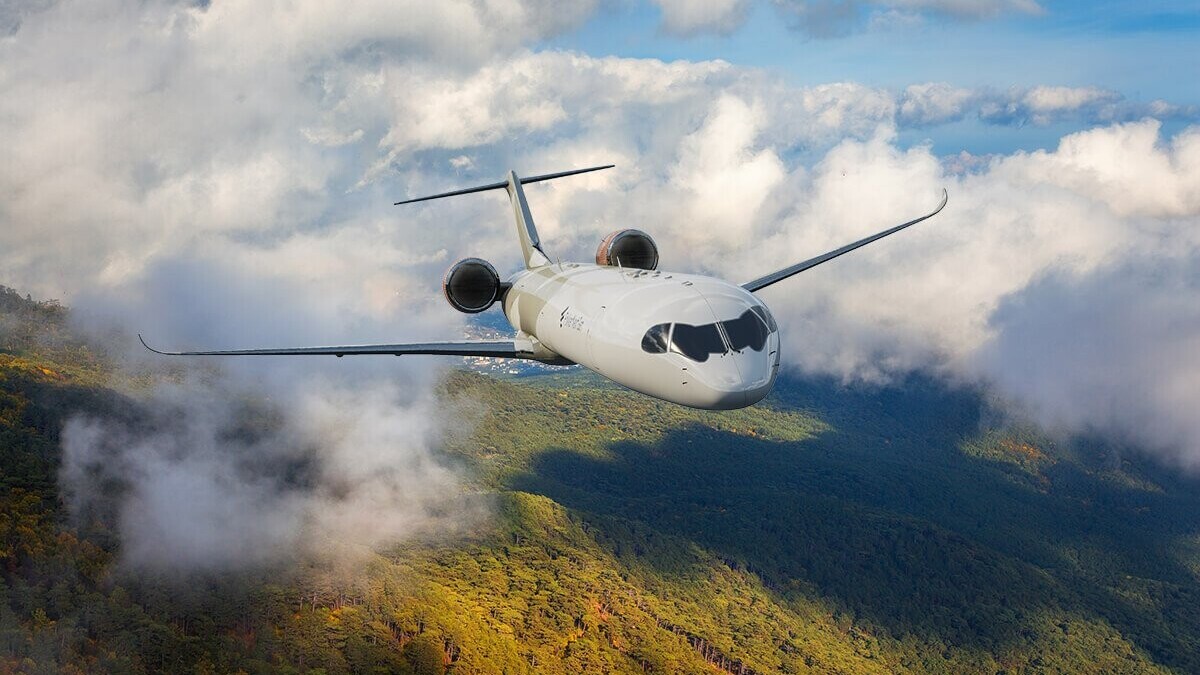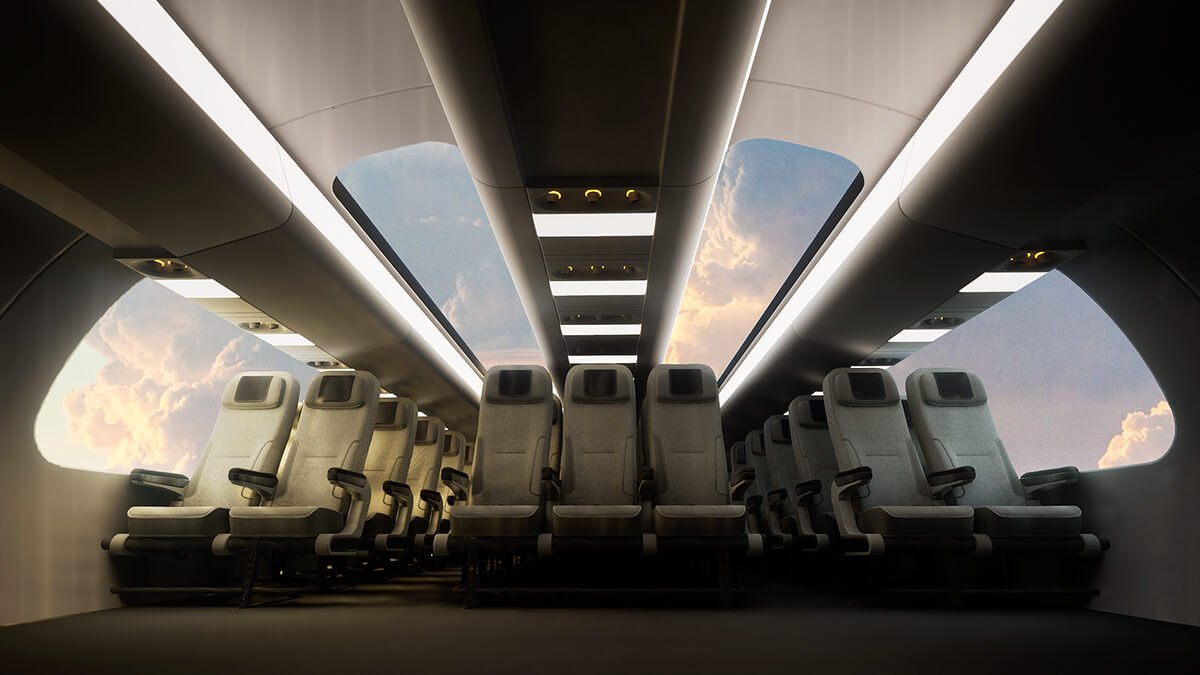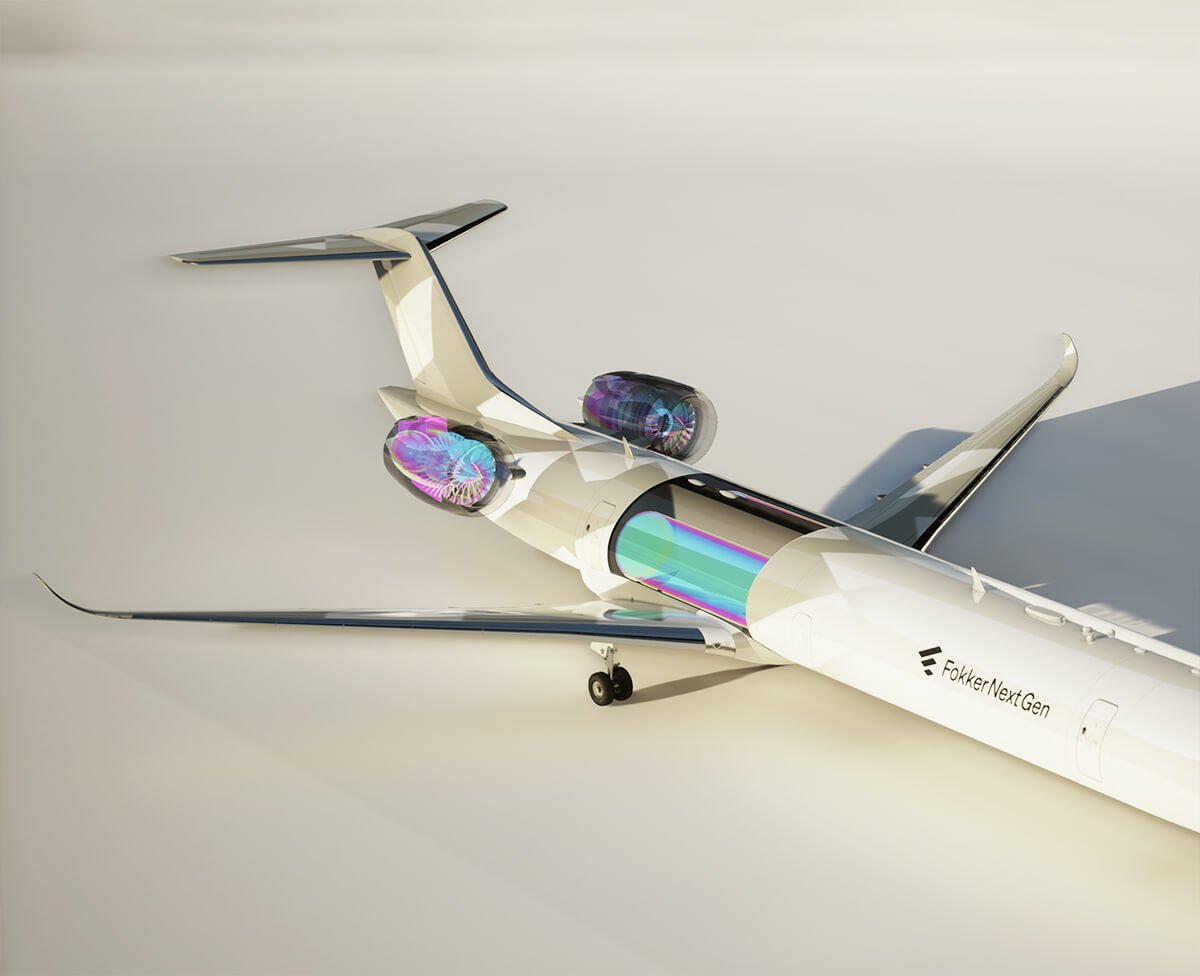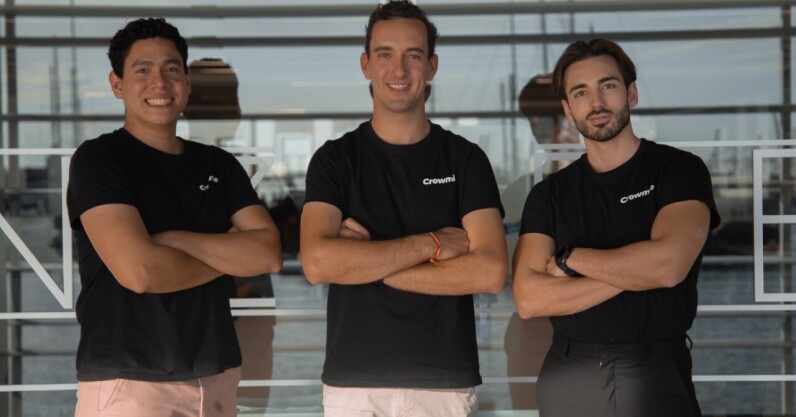Crystals, jets, and magnets — is this how to make cooling greener?

Story by
Chris Baraniuk
In a world scorched by climate change, cooling technology is far from a luxury. It saves lives, keeps food fresh and ensures comfort at home or in the office. Ten new air conditioners are to be sold every second between now and 2050, according to the International Energy Agency.
But all those machines, running for hours on end, gobble up vast quantities of electricity. These devices also tend to contain refrigerant gases that are many thousands of times more damaging in terms of global warming potential than CO2. The gases gradually leak, including after old air conditioning units or fridges are thrown away.
Ironically, then, cooling ourselves down to survive the climate crisis could actually make the problem far worse. That’s why there are multiple startups in Europe, as well as around the world, investigating new technologies that could make cooling much more efficient than it is today. And they are coming up with some unusual ideas.
No fluids, no leaks
At a lab in Cambridge, Xavier Moya, co-founder of Barocal, has a prototype machine that applies pressure to plastic crystals – lattices of organic molecules. This produces a strong cooling effect, dropping temperatures by, say, 20˚C or 30˚C.
“We are not using a gas, so it’s not going to leak,” says Moya. Barocal currently has six employees and has raised £1.5 million in funding.
The technology relies on the fact that molecules in the solid refrigerant are naturally spinning but when pressure is applied, they stop. “When you remove pressure, the molecules want to rotate again and they need to absorb energy – this is why they cool down,” says Moya.
He adds that the process is a little bit like what happens inside liquid crystal displays. Such displays contain molecules that change their orientation when an electric field is applied, so you can see numbers appear on your calculator screen, for example.
Barocal’s solid refrigerant could be used inside air conditioners or fridges, and on either a domestic or commercial scale, Moya says. He claims the system will be extremely efficient. In cooling and heating systems, one kilowatt hour (kWh) of electricity is often used to produce multiple kilowatt hours of thermal energy – known as the coefficient of performance (COP). Modern heat pumps, for instance, might get you a COP of 3 at home, which means 3 kWh of heat resulting from every kWh of electricity consumed.
“We are expecting efficiencies that are twice or more,” says Moya, though he adds that his firm is still years away from releasing a commercial product.
Another startup that aims to do away with refrigerant fluids is Dynamic Air Cooling, in Poland. The firm employs 13 people and has raised €3.5 million in funding, €2.3 million of which has been in the form of grants.
‘Mini tornado’
Co-founder and chief executive Pavel Panasjuk says his team came up with the idea more or less by accident when experimenting with the same technology used in jet engines.
“We created a process which is very similar to a mini tornado,” he says. It’s the twisting and spinning of the air that achieves a cooling effect since it converts thermal energy in the air to kinetic energy instead, he explains. The system can reliably push temperatures down by about 45˚C and in experiments this has worked from starting points ranging from 0˚C to 35˚C or so, adds Panasjuk.
One tricky aspect is that, currently, there’s no finalised method of determining a specific output temperature, so the team is working on a control unit to do that. “There is a solution,” hints Panasjuk, who adds that the system should achieve a COP of around 4.
If all engineering challenges are dealt with, he adds that Dynamic Air Cooling hopes to have a commercial product ready in as little as one year from today. The firm is targeting industrial refrigeration for food storage and transport.
Magnotherm, in Germany, is also determined to make fridges greener but with a totally different kind of technology. Timur Sirman, co-founder and managing director, explains that his startup’s device relies on rotating magnets. Imagine two of them, like burger buns, above and below the “burger”, which in this case is a special iron alloy full of pores, through which water may be pumped. The magnetic field created by the rotating magnets has the effect of cooling the metal alloy, and therefore any water that passes across it.
The quest for efficiency
The company, which has 32 members of staff and has raised €6.3 million to date, already has a small commercial product – a fridge that it rents out to event organisers. The fridge, dubbed Polaris, can hold between 100 and 200 drinks, says Sirman, but only has a COP of 1, which isn’t very efficient. However, this can be solved by making a bigger fridge, he adds.
“The cooling power scales linearly with the amount of material that you put inside,” says Sirman. So with the same motors and water pump, but more of the porous iron alloy, the team hopes to achieve more cooling and a COP of up to 5 in 2024.
In principle, the same technology could be used in an air conditioning system, though that is not Magnotherm’s focus at present. The hope is that their system will be used in commercial fridges, in a modular unit that can be taken out and placed into a new fridge whenever the customer, for instance a supermarket, decides to update their hardware.
It’s “fantastic” to see so many innovations in the field of cooling, says Nicole Miranda, a researcher on the Future of Cooling Programme at the Oxford Martin School, part of the University of Oxford. She emphasises that, in the coming years, passive cooling techniques – from textiles that keep our bodies cool to increased shade in city centres – will be just as important as technologies that require electricity to work.
But the demand for air conditioners and fridges really will be huge across the world, she adds, so it’s important to develop sustainable systems now that will not guzzle excessive amounts of energy, or be constructed from materials that have a high carbon footprint.
Consider also the many homes around Europe that were never designed to keep out excessive summer heat. And it’s not yet clear that the energy systems in such countries will be able to cope with booming demand for cooling tech in the coming years.
“It’s an easy solution to just go to a shop and get an air conditioner,” says Miranda. “That’s a huge risk for those places’ electrical networks.”
Get the TNW newsletter
Get the most important tech news in your inbox each week.
Also tagged with
Crystals, jets, and magnets — is this how to make cooling greener? Read More »

